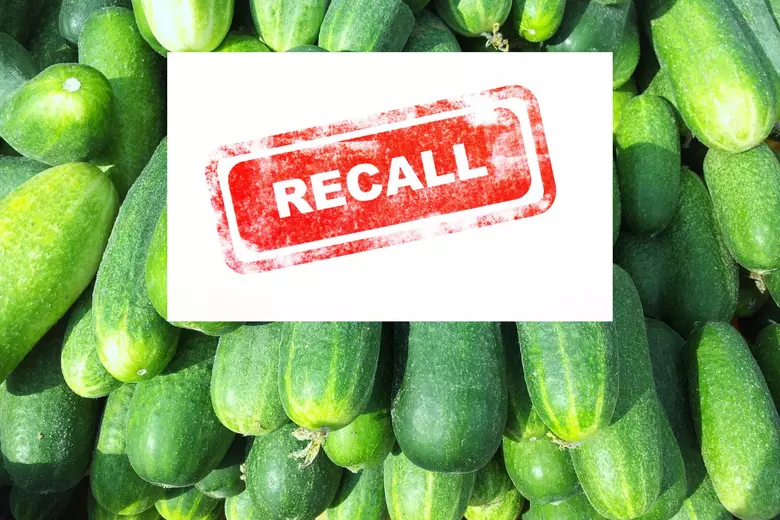The Centers for Disease Control and Prevention (CDC) and the Food and Drug Administration (FDA) are investigating two salmonella outbreaks likely connected to cucumbers, with the number of cases now exceeding 380 across 28 states.
Rising Cases and Ongoing Investigation
The outbreaks have seen a significant increase in the number of affected individuals. The first outbreak, involving the Salmonella Africana strain, has sickened 196 people in 28 states and Washington, D.C., with 68 hospitalizations reported.

The second outbreak, linked to the Salmonella Braenderup strain, has infected 185 people in 24 states. These cases were recorded between March 30 and May 23, and nearly 74% of the 85 patients interviewed by the CDC reported consuming cucumbers. Despite these findings, the CDC and FDA have not confirmed cucumbers as the definitive source of the infections. The investigation continues to pinpoint the specific sources and products of these outbreaks.
Potential Sources and Recall Actions
On May 31, Fresh Start Produce Sales Inc. of Delray, Florida, recalled cucumbers grown in Florida and shipped to 14 states after some tested positive for salmonella. Interestingly, these cucumbers contained a third strain, Salmonella Bareilly, which does not match the strains involved in the current outbreaks. Bill Marler, a food safety lawyer, suggests that the epidemiological data strongly indicate that cucumbers are likely the source of the outbreaks. He emphasizes that the lack of matching strains in leftover cucumbers does not necessarily discredit the recall, as people typically consume the contaminated food, leaving no samples for testing.
Health Risks and Consumer Advice
Salmonella bacteria can contaminate food during unsanitary production processes or when workers wash their hands properly. The CDC notes that salmonella is commonly spread through contaminated water used to irrigate crops and through undercooked or raw foods. Symptoms of salmonella infection typically appear between six hours and six days after exposure and can include diarrhea, fever, and stomach cramps. Severe cases may involve aches, headaches, rashes, and blood in the urine or stool, and some infections can be fatal. Annually, salmonella causes about 1.35 million illnesses, 26,500 hospitalizations, and 420 deaths in the U.S. Recent outbreaks have been linked to various sources, including pet bearded dragons, backyard poultry, and basil.
Barbara Kowalcyk, director of the Institute for Food Safety and Nutrition Security at George Washington University’s Milken Institute School of Public Health, advises consumers to exercise caution with cucumbers during this period. She recommends that vulnerable populations, such as older adults and individuals with weakened immune systems, avoid eating cucumbers until the situation is clearer. For those who choose to consume cucumbers, thorough washing, and careful handling to prevent cross-contamination are crucial.

While the reported cases stand at over 380, the actual number of infections could be much higher, potentially 30 times more, according to Kowalcyk. As the CDC and FDA continue their investigations, consumers are urged to remain vigilant and prioritize food safety to minimize the risk of infection.
